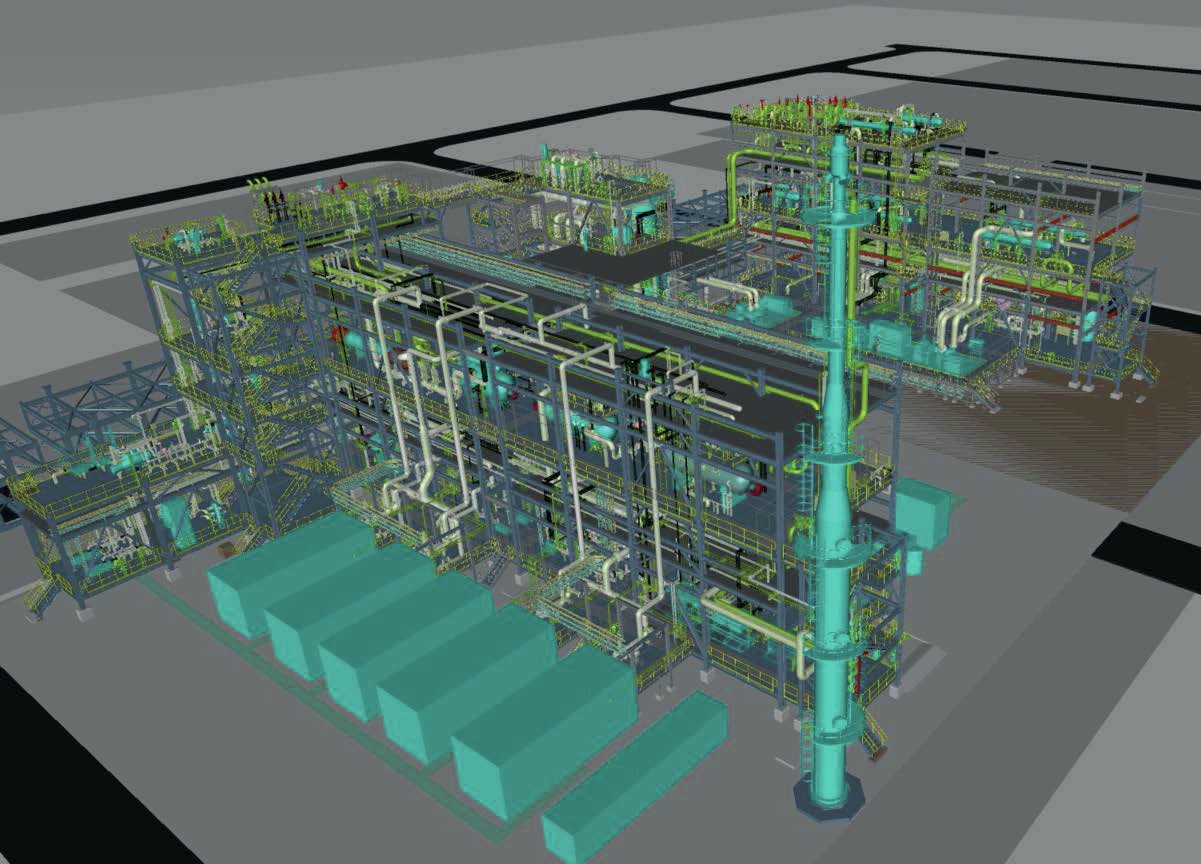Fertilizer International 525 Mar-Apr 2025

18 March 2025
The reluctant thought leader

Last December, I was invited by the International Fertiliser Society (IFS) to speak at its annual conference in Cambridge. The theme was the main challenges facing the fertilizer industry – and the innovations needed to overcome these.
I admit I was surprised. Mainly because, as a generalist, there are plenty of people more qualified than me able to answer this question in depth.
Yet, it also became clear that – having covered the whole industry as a journalist for a decade – there was an expectation that I should at least have an opinion.
In the end, I accepted the Society’s conference invitation, and chose to highlight just four things in my short speaking slot. Firstly, I started by naming the main challenge I think we’re facing as an industry, then followed this up by quickly touching on three innovations that make me hopeful about the future of crop nutrients.
So, to mark 10 years as editor of Fertilizer International, I thought I’d share – as a very reluctant thought leader! – my take on both the hurdles facing our industry and how best we can vault these.
Many would agree that the fertilizer industry’s main long-term challenge is switching to low-carbon production and getting ourselves on the right agricultural emissions pathway. In my view, the fertilizer challenge is even more complex – effectively a decarbonisation trilemma – as it requires us to solve three problems at the same time:
• Firstly, how do we place agriculture on a sustainable low emissions trajectory.
• While, secondly, continuing to supply farmers at scale with the fertilizers they need to feed an ever-growing population.
• Yet, thirdly, do so profitably without imposing a crippling cost burden on fertilizer producers, farmers, the food industry and ultimately food consumers.
The scale of this challenge is just huge.
For example, cutting direct emissions from global ammonia production, currently totalling 450 million tonnes CO2 equivalent per annum, by 70-95 percent by 2050 will require a $14-15 billion investment annually. Every single year for 25 years. It will also mean tackling the even bigger 717 million tonnes CO2 equivalent of agricultural emissions associated with the global use of nitrogen fertilizers each year – so-called Scope 3 emissions.
So, if that’s the challenge, what disruptive innovations might be coming down the track to help?
Firstly, there’s been the market entry of low-carbon fertilizers over the last 18 months. In Europe, we’ve seen the commissioning of the first large-scale electrolysis systems for green hydrogen and ammonia production. And, while green fertilizers are a tiny demonstration market currently, production is scaling up. Financial Times even reported recently on a ‘green fertilizer gold rush’ by leading food and drink companies.
Moving on, the second disruptive change I’m seeing is the mainstreaming of biologicals. Biostimulants are now emerging as mainstream products with major fertilizer producers – including Yara, Mosaic, Fertiberia and ICL – launching their own biostimulant lines and expanding production capabilities. It’s a $2.6 billion market that’s growing at 10 percent per annum currently.
The final innovation I’m observing is the move from volume to value in the market and the steady rise of specialty fertilizers. The increasing use of value-added fertilizers has very clear agronomic and environmental upsides – as they are associated with enhanced efficiency, balanced fertilization, precision technology and effective nutrient delivery systems, such as fertigation and foliar spraying.
“The fertilizer industry’s main long-term challenge is switching to low-carbon production and getting ourselves on the right agricultural emissions pathway.”
Summing up, then, we have three promising innovations.
Firstly, the market entry of green fertilizers is starting to give farmers a low-carbon choice on inputs. Secondly, the mainstreaming of biostimulants is providing crops with an ‘insurance policy’ by giving added protection against extreme weather conditions such as heat and drought events. Lastly, the rise of value-added fertilizers is allowing less wasteful and more precise and balanced crop nutrient delivery.
Regrettably, what I’ve neglected to mention so far is cost – both who pays for decarbonisation and ag emissions reductions and how much. Will it be fertilizer producers, farmers, the food companies, retailers or consumers?
In the end, that’s the most fundamental question of all, as shifting to a more sustainable global food and farming system depends on us coming up with answers that are both affordable and equitable.





